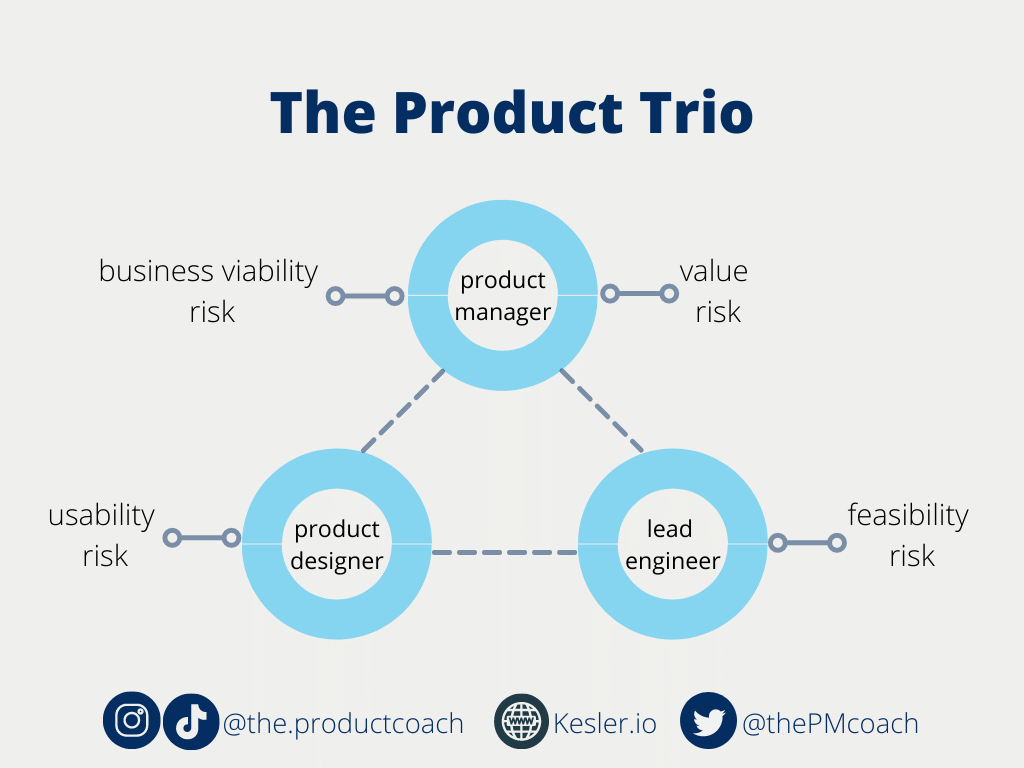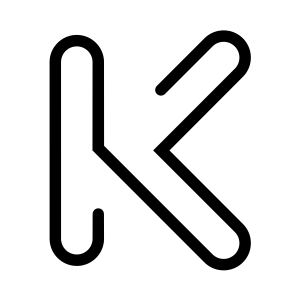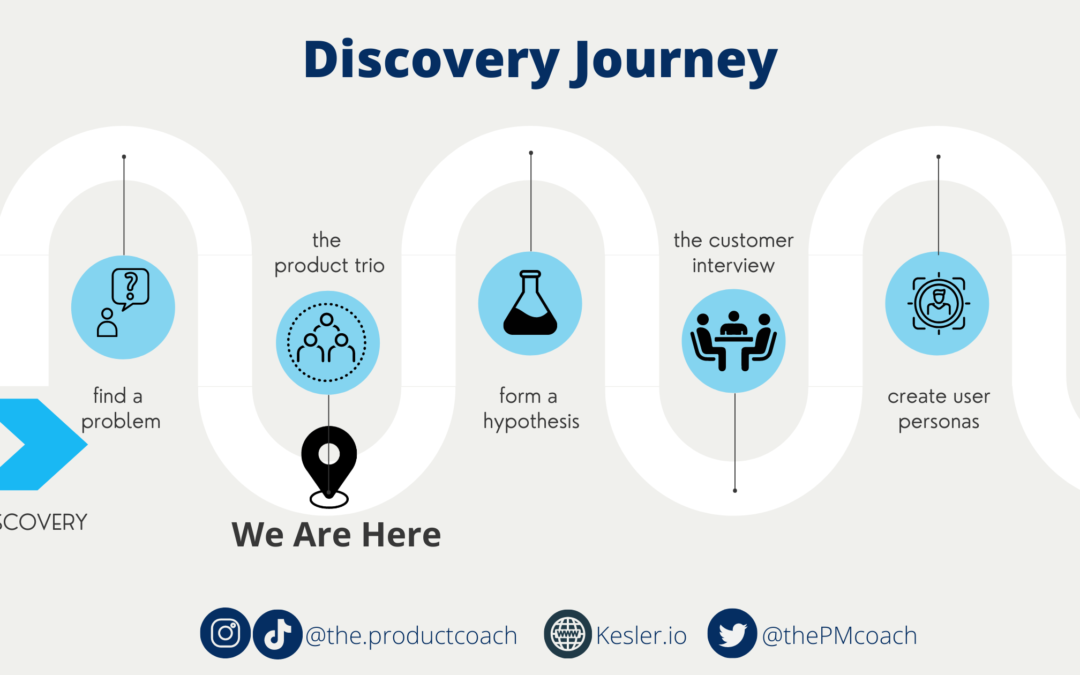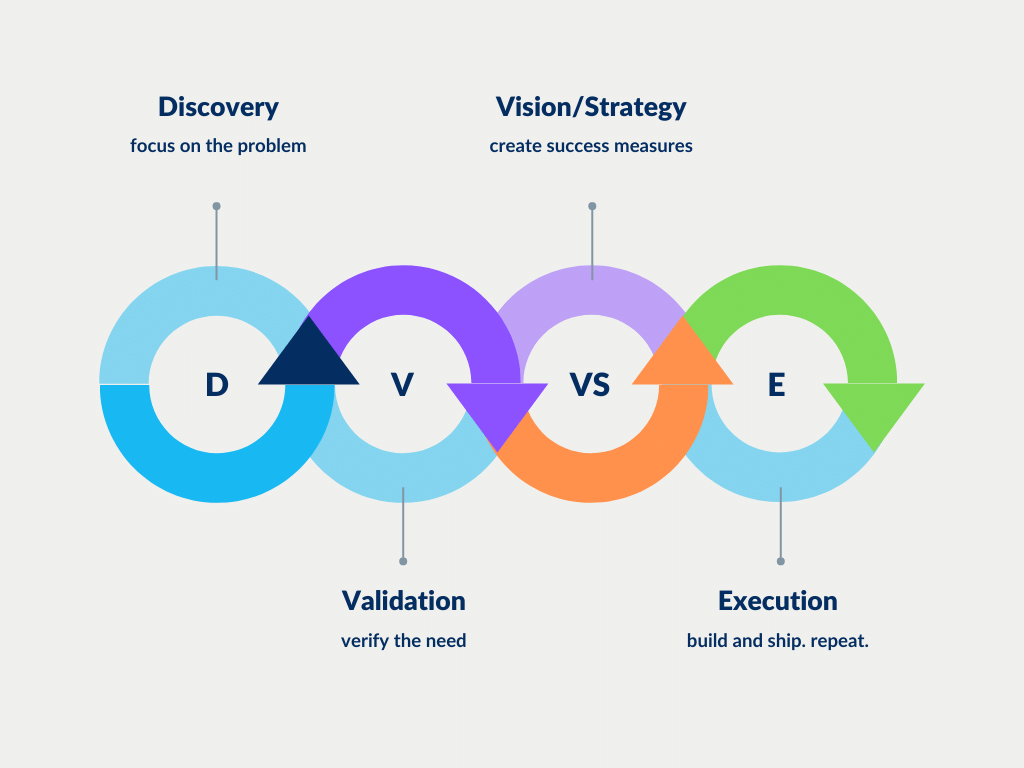When we talk about the “Product Trio” what we’re really talking about is risk, de-risking that is. I’ve seen many companies with a variation of either the product manager and product designer, the product manager and engineer, or in very few cases (luckily) the product manager alone finding problems, coming up with solutions, and passing them off to whoever wasn’t in the initial group. This leads to many problems. When someone who’s responsible for the execution of the product doesn’t understand the customer and their problems there is an incredibly high risk of that solution not being correct. This is where the product trio (product manager, lead engineer, product designer) comes into play
What is a product trio and why do we need them?

I first heard the product team mentioned in Marty Cagan’s book Inspired. Now, the term has shifted to “trio”, I believe coined in Teresa Torres’ book Continuous Discovery Habits. If you haven’t read these books I highly recommend them and check out my other post, Books You Must Read As A Product Manager From Entry to Executive, for more recommendations.
Allow the product trio to act as your first line of defense against risk
The product trio is simply a group containing the product manager, product designer, and lead engineer (or technical lead). The reason I love this term is it brings accountability to the core team responsible for the success of the product. How? Because every level of risk is now accounted for. The product manager is responsible for the value risk and business viability risk. The product designer is responsible for the usability risk. The lead engineer is responsible for the feasibility risk.
Marty Cagan breaks down what each of these levels of risk mean beautifully:
value risk (whether customers will buy it or users will choose to use it)
usability risk (whether users can figure out how to use it)
feasibility risk (whether our engineers can build what we need with the time, skills and technology we have)
business viability risk (whether this solution also works for the various aspects of our business)
(Cagan, 2017)
Accelerate the time to value with the trio.
This brings me to another point which builds off of the 4 risk levels above. Another big why for using the product trio is to accelerate your time to value, execution and delivery. This happens because in the product trio you weed out a lot of ideas that either aren’t feasible, usable, valuable or viable for the business up front. Which also means you pass the best ideas through to the next phase faster.
When do we use a trio?
A company I worked for previously was struggling to understand this concept of a product trio; they thought the trio fit more into innovation and R&D. I had to explain to them that their current process was broken and actually a waterfall process. At this company the product manager and designer would work together on a solution then hand off requirements and designs to development, only to be shocked when they received feasibility push back. I also learned that the engineers had very little knowledge of what the customer was using the product for and what value it actually provided. This was when we decided to implement trios.
We used trios for:
- customer interviews
- testing prototypes
- demos
- fact checking assumptions
- reviewing poll and survey data
- the list goes on
Thinking about all the steps of the Design Thinking process: Empathize, Define, Prototype, Test, each of these require a trio. My general rule of thumb is anytime I’m collecting meaningful customer feedback or ideating on some type of solution a trio should be included.
How do we go from zero to trio?
I’m aware that if you don’t use trios, it can be somewhat overwhelming to start. Nobody wants to feel like they’re doing something “wrong”, or doing something inefficiently. Rest assured, there’s no shame here! The way I’d start is by mapping out who your product trios are then start having meetings with them to provide the context and responsibilities. If you are in the situation where you need your leadership’s buy-in for the trios, use the images and content I’ve provided above followed by who might be in the trios at your organization. Here’s a table for reference.
| Product Name | Product Manager | Product Designer | Lead Engineer |
Conclusion
The product trio (product manager, engineering/tech lead, product designer) enables a business to eliminate risk up front and accelerate the time to value for the customer. It ensures the team responsible for the solution has the full context around the customer and the problem they’re solving.
Now that we’re in our product trios, it’s time to move on to the next step in our Discovery journey, the customer interview. In the next article I’ll share how I prepare for and conduct customer interviews, what tools I use, and what the responsibility is for everyone in the room.
References
Cagan, M. (2017, December 4). The four big risks. Silicon Valley Product Group. Retrieved January 10, 2022, from https://svpg.com/four-big-risks/
Torres, T. (2021, April 21). Core concept: The product trio. Product Talk. Retrieved January 10, 2022, from https://www.producttalk.org/2021/05/product-trio/




Recent Comments